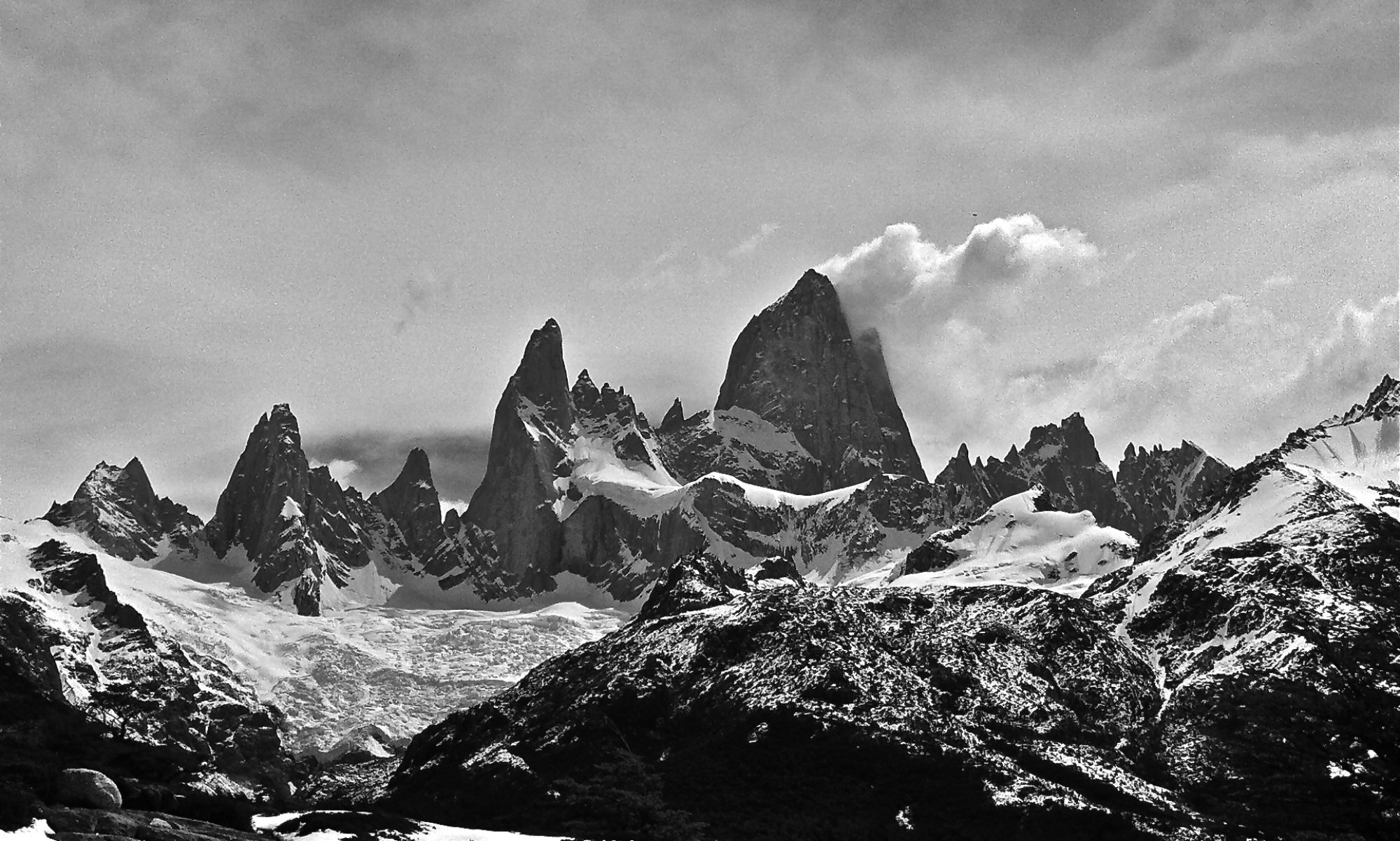We took a BlaBla ride from Bordeaux to San Sebastián. It’s a car sharing service in Europe where we paid €13 each to ride in the backseat of a guy’s Hyundai as he made the trip. Except he stopped about 15 minutes short of San Sebastián and dropped us in a Burger King parking lot with a goodbye and good luck. We got a local to call us a taxi and it cost €33 to complete the trip. But considering a bus would have been €60 each and would take 5 hours, we got there in half the time for half the cost.
The car rental place in San Sebastián was located in a mall parking lot, which seemed to confuse the taxi driver. He picked us up at a random Burger King parking lot to take us to a mall. But we got the car and found our Airbnb without too much trouble. Lucky us, the car came with navigation or we would have had to find wifi. The navigation was a bit tricky though. It’s all in Spanish, and we could never figure out how to zoom the view. So we were mostly looking at a map zoomed out to show half of Spain (not very helpful) that would jump to a street view a few seconds before each turn. Exciting!
San Sebastián is where a Hollywood director created the perfect seaside European city but took it a bit too far. Sure, let’s have a harbor with a long, perfect crescent beach. Let’s drop an island at the entrance to the harbor to shield it from the rough ocean. We’ll put high hills at each end to frame the harbor. We’ll drop a town behind the beach with beautiful architecture, and we’ll build a wide promenade along the beach dotted with bars and cafes so people can stroll beside the beach, enjoy the beautiful views, and have a nosh and a drink.

So, we took advantage of all that even though it was an overcast day. The morning rain petered out and it was lovely to stroll around in the afternoon. Those glasses of wine along the beach? Just €1.50. We may have stayed for a second glass.
We rode the funicular to the top of the hill on the west side of town for a panoramic look at the over-the-top-this-can’t-be-real city.



We drove to Bilbao on Sunday with a 2p ticket to the Guggenheim. We arrived about 1p and drove to our Airbnb where we were told there was “plenty of parking”. While that was true – there were many spots – they were all taken! We drove around for about 20 minutes before finding a spot. Of course by then, on twisting, hilly, and mostly one-way city streets, we didn’t know exactly where we were relative to the Airbnb. We put the address in the nav, but that only gave a super-zoomed out view and the next turn. Lucky us, it turned out we were one street over but had to go down a flight of stairs between streets. So that worked out!
The Guggenheim is an amazing building and I enjoyed learning about the design and build process from the audio tour. The exhibits were hit and miss for me, as they always are at museums. Most are a miss, but there were a few interesting pieces. The city was mostly shut down on Sunday night, but we found a few bars with pinxtos (the Basque word for tapas) to nosh on.


We did laundry on Sunday and after washing our clothes, couldn’t get the dryer to start. An email to the host confirmed that it didn’t work. So we had to hang our clothes out the 7th floor window. At least they were under a tarp since a light rain was falling.

We drove about an hour and 15 minutes to Rioja on Tuesday. We made the rounds on Calle Laurel, eating tapas and sampling a few wines. Note that the glasses of wine cost less than a bottle of water!




We wandered the town for a bit and found a tourism office that gave us a few options for wineries we could visit. The first was closed, but we struck gold at Bodegas Ontaño. We arrived about 15 minutes before a tour they’d scheduled with some Germans. We were invited to tag along. It’s a modern operation with 36 (!) 50000 (!) liter tanks and a massive barrel room. They have some beautiful artwork. We heard the story of one painting that was lent to the Vatican for a few years, and when it came time for its return, they had to sue to get it back. We tasted through a white, their house red, their reserve red, and their grand reserve red. The reserve and grand reserve are only made with “excellent” vintages. The reserve must spend two years in barrel and 3 years in bottle before release while the grand reserve must spend two years in barrel and 5 years in bottle before release. The ones we tasted were from 2010, the last excellent vintage, and in the case of the grand reserve, just released. These were a treat!

A shot of Rioja from the drive home.

